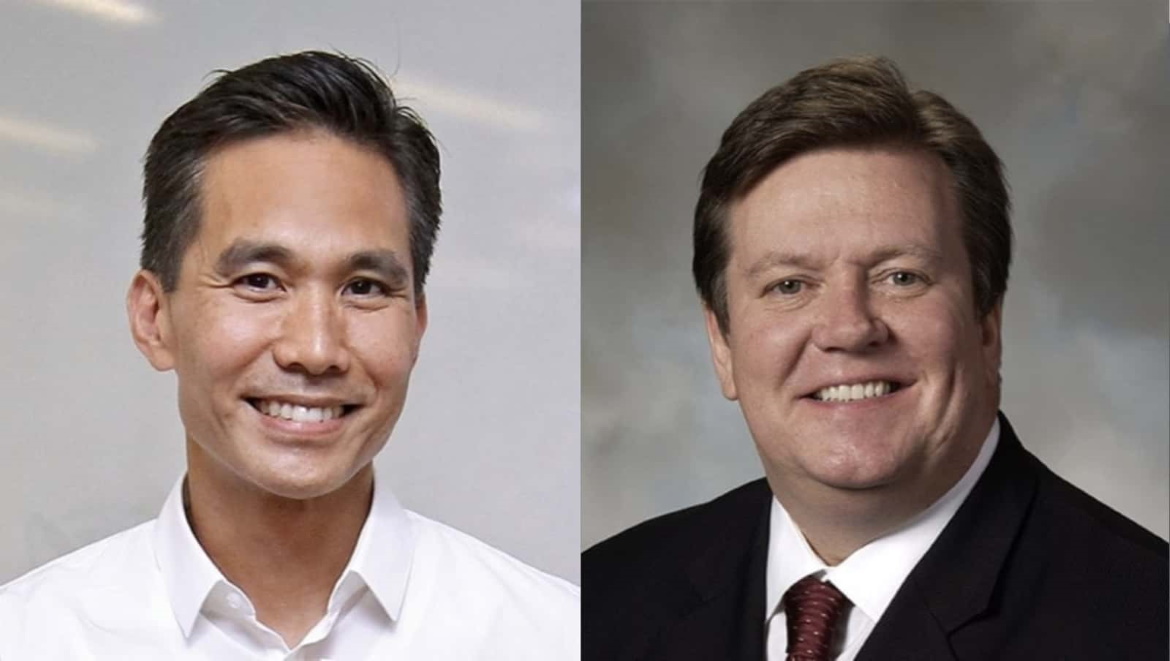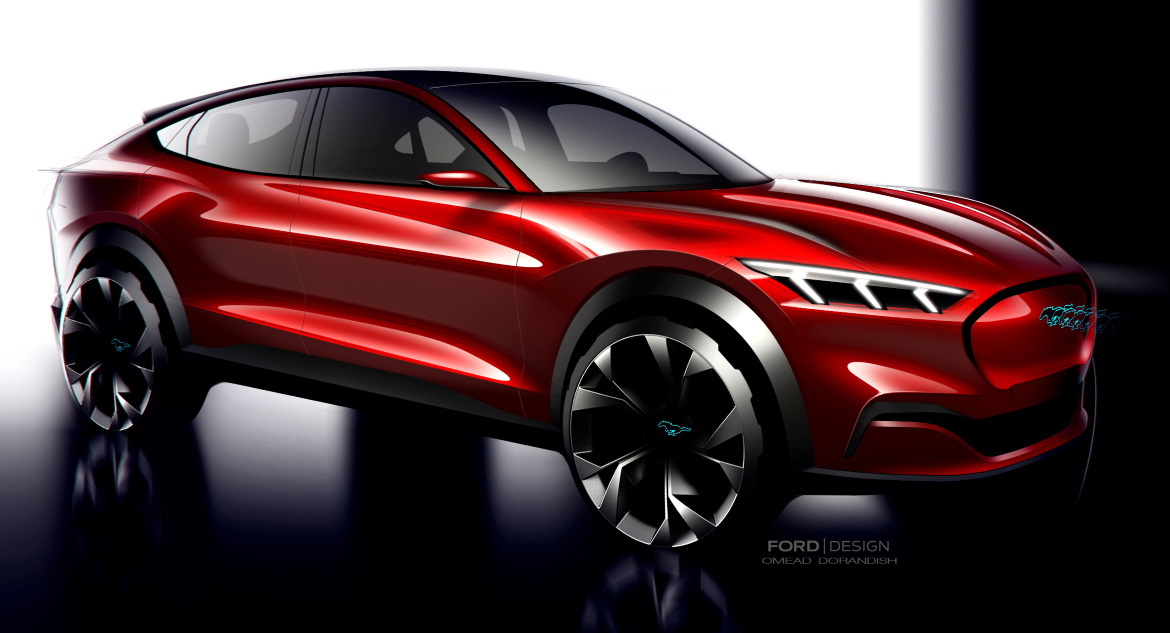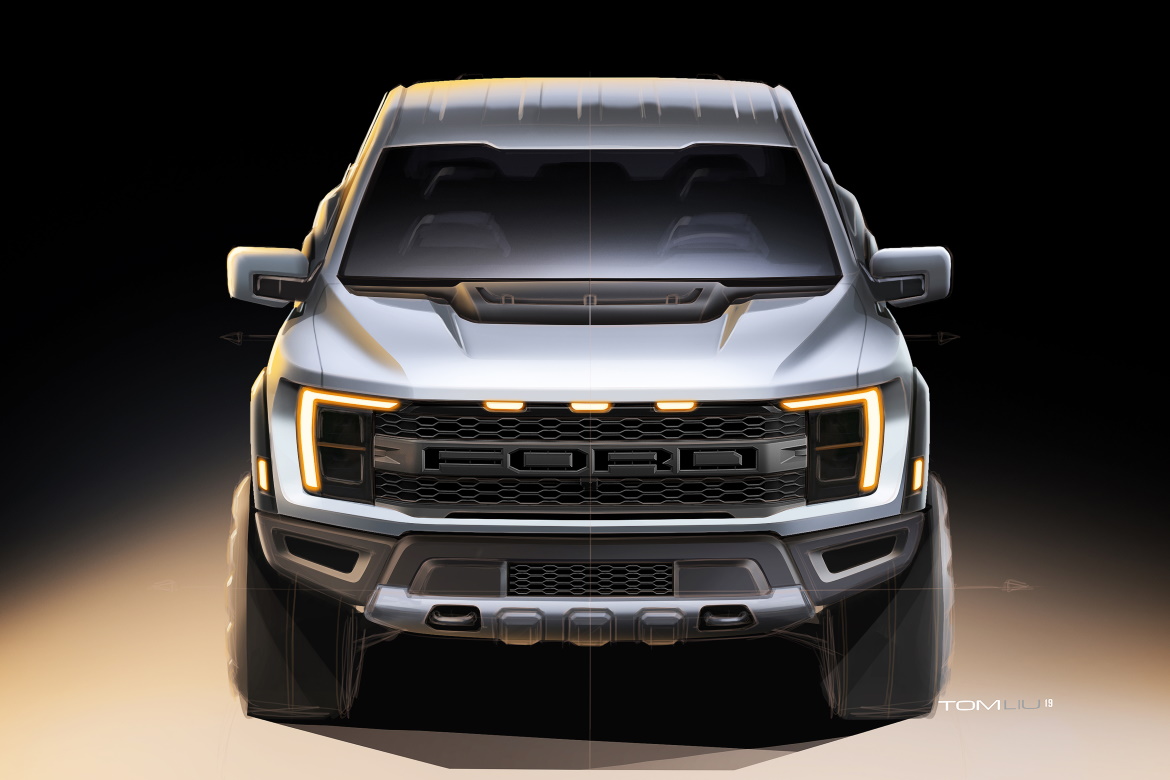An important handover in the midst of a revolution in mobility. After a 38-year career in car design, Moray Callum is retiring as head of global design at Ford to be replaced by Anthony Lo who after spending the last 10 years at Renault is now ready to lead Ford into a new era of electrification, digitalisation and self-driving technologies.
Auto&Design has interviewed them together, in an online face-to-face meeting that allowed us to learn more about both their journeys and their passions, but also the past, present and, above all, future of the American manufacturer amidst alliances, synergies and new models dedicated to different markets.
Anthony, have you already moved to the United States? What is your way of working at the moment?
Anthony Lo: No, unfortunately I am still in Paris at the moment but I have meetings with the design team every day. The pandemic has helped us to work remotely without too many problems. I’m planning to move to the US as soon as possible and I think I will by June. Not meeting people physically is a real obstacle to our work: although technology now allows us to carry out model development, the human factor for me remains central.
Moray Callum: Since the announcement of the handover, Anthony and I have worked together and I have tried to take him through the world of Ford design and introduce him to it as much as possible. Today the processes have become really fast, we have continuous evaluation meetings for models in all regions of the world where Ford is present.
We have now entered a new era of mobility and Ford has announced big changes. What is your strategy regarding design?
Moray Callum: First of all, I think this is the right time to change the way we work and the pandemic has accelerated some processes that will never be the same again. A big change has come with the electric car platforms that will change the shape of vehicles forever. I think this is a great time for Anthony to come to Ford.
Anthony Lo: At first I thought Ford was lagging behind other manufacturers on electrification, but when I had the opportunity to learn more about the plans and products I realised that this was not the case. There are new models that immediately impressed me, like the beautiful Mustang Mach-E, which is a very successful evolution of an iconic brand.
Ford for Europe has decided to become a 100% electric brand from 2030. What effect will this decision have on the design of your vehicles?
Anthony Lo: I think it is still too early for me to answer that question now. We certainly have a clear and defined strategy and new partnerships such as the one with the Volkswagen Group that will bring excellent results.
Moray Callum: We have started to define the styling aspects of the partnership with Volkswagen to use the MEB platform exclusively for our 100% electric vehicles. What is certain is that the new products that will come will be able to maintain the Ford strong brand identity.
Will the different industrial strategy in the various markets result in different faces of Ford depending on the region, or are you trying to develop a global design?
Moray Callum: We want our cars to be recognisable all over the world. We want that when everyone gets off a plane in Europe, the US and China – we hope to get back to that soon – they can recognise our products immediately: we try to do that with the differences that each sales region and each customer group imposes on each market.
Has this period of change that we are experiencing also influenced your sources of inspiration? What are the references for a designer today?
Moray Callum: Of course many things have changed. In the beginning, we called ourselves “car designers”, and we never thought we would call ourselves “Suv designers” because nowadays everything seems to be going in that direction and we don’t design many cars anymore.
Anthony Lo: There are many aspects of mobility today that are still under observation by all mobility players, including designers. There are so many facets, from the big questions of autonomous driving to the themes of individual and shared mobility. Everything is evolving. Will we still need car brands? Will we still need the many objects that now surround us?
Are there still mega-trends that characterize global markets or are tastes levelling out in the automotive world as well?
Moray Callum: Obviously, times change and trends adapt to people’s needs and different territorial fashions. In China, for example, sedans are still very strong, in North America our F-150 pickup has been the best-selling vehicle for forty years, and in Europe crossovers are all the rage. The electrification of the models has given us a lot of food for thought about the actual use of the vehicles and the motivation to buy them. So there are still differences, but it seems that the SUVs have everyone on the same page.
Anthony Lo: For sure SUVs are very desirable all over the world and growing, but at the same time we have to think about efficiency, which is a key issue for production today, for the future and which unites many markets. Often SUVs do not have an adequate amount of interior space compared to their external size and are not efficient because of their vertical development. I believe that our commitment to sustainable mobility will also have an impact on the architecture of our models.
The change we have been experiencing in recent years has also involved auto shows, which are increasingly struggling. A trend that the pandemic has further strengthened. Do you miss them? Do you think they will come back?
Moray Callum: I think we will miss them a lot. Car shows were also a great opportunity to meet other people, to see their reactions and the competition’s products. The public could meet lots of different models all together under one roof, which doesn’t happen at other shows and probably won’t happen again.
Anthony Lo: I believe that meeting people in front of models is the best way to have profitable growth. In any working environment, constantly exchanging opinions and interacting with the outside world is fundamental and in ours perhaps even more so. Another key point is the public: car shows are a great time for socializing, an event to be experienced and which brings together families, friends, young people and adults who can enter the vehicle, touch it and discuss it.
The absence of auto shows is also having an impact on concept cars, which are becoming fewer and strongly linked to production models. Do you think they still have value?
Anthony Lo: Yes of course. We have to go back to the real reason for the existence of concept cars. These models are not just made to create hype at car shows, but to define a stylistic direction for a brand.
Moray Callum: I think it’s impossible to find a designer who is not passionate about concept cars because beyond the communicative effect of some models, it’s the best way for people in our profession to do research, to define the future of a brand and to indicate its strategic direction.
Speaking of the future, what are the new trends that Anthony Lo intends to explore as head of global design at Ford?
Anthony Lo: I can’t say too much now about what it will be: it’s still very early days. I’m in a learning phase of my new role which is extremely good and will bring great results shortly. We are working hard on the great assets of this company. One in particular? The Mustang brand, a worldwide icon that will give us many new development opportunities.
Moray Callum: I think one of the best things about this group is the wide variety of projects we have to work on. All from the most diverse natures and giving us the opportunity to explore the different worlds of mobility.
Texts by Silvia Baruffaldi and Edoardo Nastri













